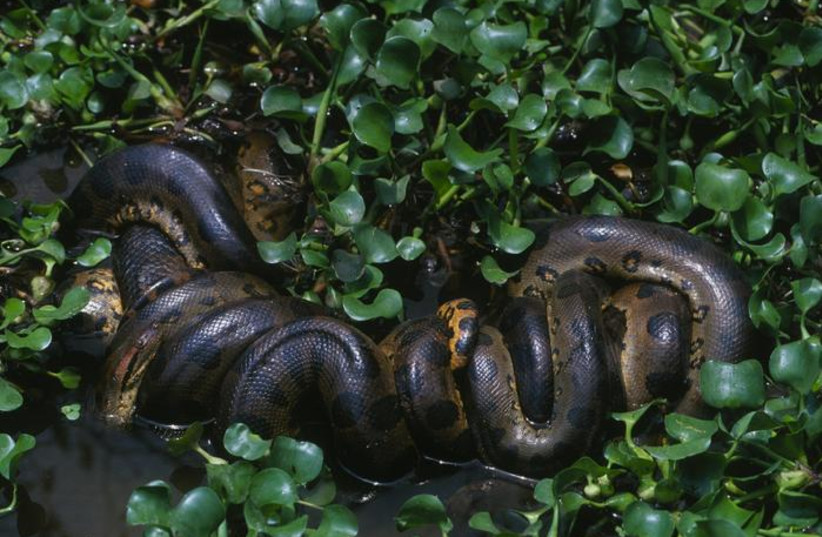A team of scientists exploring the Amazon Rainforest discovered a previously undocumented subspecies of anaconda, according to a press release published on Tuesday by the University of Queensland.
The northern green anaconda was accidentally discovered while the researchers filmed for National Geographic’s upcoming series Pole to Pole with Will Smith.
The subspecies is thought to have diverged from the southern green anaconda almost 10 million years ago. It now has a genetic difference of 5.5%, which constitutes a larger genetic difference of that between humans and chimpanzees.
The researcher's comments on the find
“Our team received a rare invitation from the Waorani people to explore the region and collect samples from a population of anacondas, rumored to be the largest in existence,” Professor Bryan Fry said.
“The indigenous hunters took us into the jungle on a 10-day expedition to search for these snakes, which they consider sacred.

“We paddled canoes down the river system and were lucky enough to find several anacondas lurking in the shallows, lying in wait for prey.
“The size of these magnificent creatures was incredible – one female anaconda we encountered measured an astounding 6.3 meters long. There are anecdotal reports from the Waorani people of other anacondas in the area measuring more than 7.5 meters long and weighing around 500 kilograms.”
While the snake species may be large in size, it is considered vulnerable as it is highly endangered due to deforestation.
“It’s not only these gigantic snakes that are facing environmental threats, but almost all living things in the region,” Fry said.
“The discovery of a new species of anaconda is exciting, but it is critical to highlight the urgent need to further research these threatened species and ecosystems,” he continued. “Of particular urgency is research into how petrochemicals from oil spills are affecting the fertility and reproductive biology of these rare snakes and other keystone species in the Amazon.”
